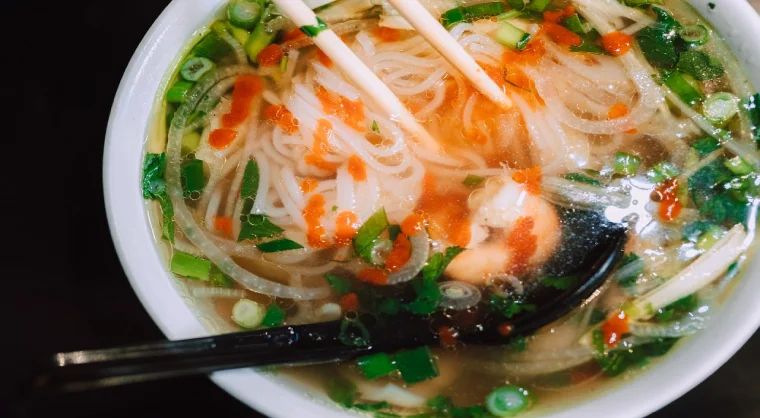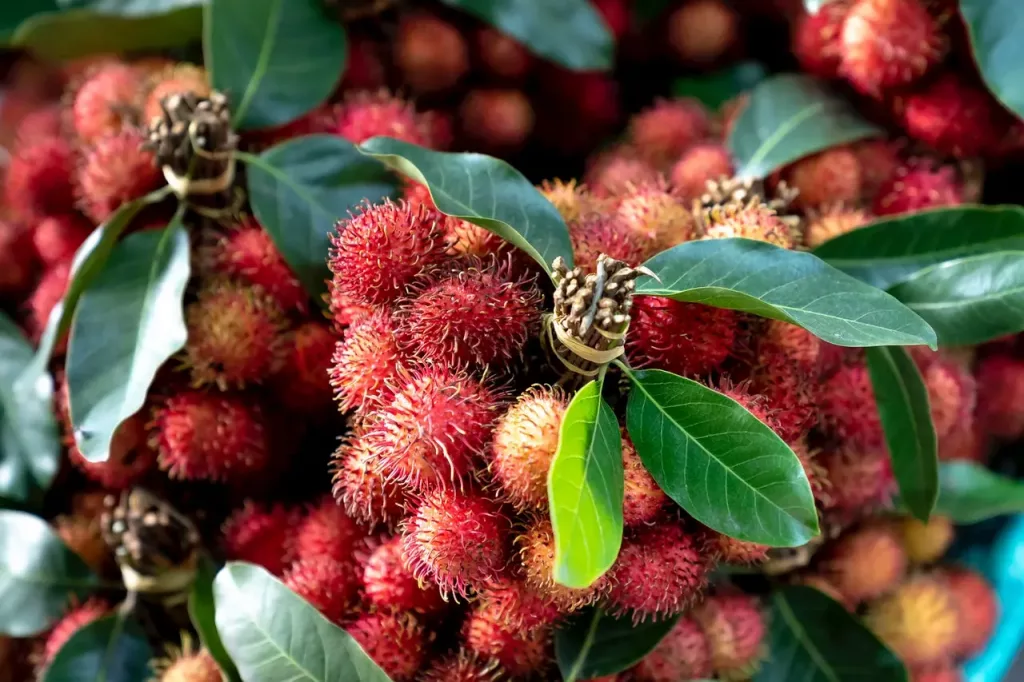Sushi is a delicious dish — and you may not know that yet simply because you haven’t tried it yet.
There are many reasons behind your sushi virginity: you’re not a big fan of eating raw fish and rice, you’re a picky eater or you just haven’t had the chance to do so. Fortunately, it’s never too late for a beginner like you to find THE sushi that will make you fall in love with this Japanese dish.
But even if you do want to find the sushi that can change your mind, the sushi adventure can be a little overwhelming — and we’re not exaggerating. Between the raw fish, the chopsticks and the endless sushi options (e.g. nigiri sushi, rainbow roll, inari sushi), it’s natural to feel a little intimidated.
If you’re a sushi beginner, this guide is for you. Learn all the basic terminologies, the best sushi to try, and sushi etiquette.
What is Sushi? (It’s Not What You Expect)
What comes to your mind when you think of sushi? For most people, it’s slivers of fish and over-the-top rolls. On the contrary, the term “sushi” isn’t always about raw fish or rolls. Sushi is a Japanese term for balls or rolls of seasoned sushi rice (often made with rice vinegar) that are garnished, with fish, vegetables or egg.
This is why many sushi chefs disagree when people say sushi is about the roll or the fish; for them, rice is the most important ingredient.
The Best Sushi for Beginners
The first sushi you try can change your perspective of this delectable Japanese dish. It can also make you crave more sushi, as well as appreciate the art of making and eating sushi.
Unless you eat raw fish (also known as sashimi), you’ll most likely be eating a classic roll. Rolls are more approachable and are often served with cooked ingredients. But if you’re willing to try a little adventure, let your sushi chef be more creative with your rolls.
Here is the best sushi beginners should try:
- Nigiri sushi. This type of sushi is one of the most popular ones. It is made up of rice topped off with a slice of raw fish. Typical examples of raw fish used in nigiri sushi include yellowtail, salmon, albacore and tuna. Fatty tuna, the one that comes from the bluefin tuna’s belly section, is a popular topping for nigiri sushi. Also, the term nigiri comes from the Japanese word nigirizushi, which means “hand-pressed sushi.” Sushi chefs often mold the rice by hand and press the toppings on top of the rice. The beauty of the nigiri sushi is the delicious combination of sticky rice and toppings.
- California roll. The California rolls are the basic sushi roll for beginners — both consumers and cooks. It is made from avocado, Capelin, crab and sushi rice. Generally, the flavorful ingredients are wrapped inside a nori seaweed wrap. Outside, the rice is sprinkled with toasted sesame seeds.
- Rainbow roll. If you’re looking for the healthiest sushi roll for beginners, go for the rainbow roll on brown rice. The ingredients of standard rainbow rolls are rice, avocado, nori, raw fish and surimi. The rainbow roll is loaded with healthy portions of raw fish, which nourishes your body with good calories. If you want to make it more flavorful, ask the chef to make the roll with real crab. The order may come with an additional charge, but the crab adds a flavor punch. If you want to slim down, pair your rainbow roll with some steamed edamame.
- Inari sushi. If you want fried sushi, try the inari sushi. This sushi type includes rice balls wrapped in deep-fried tofu pouches. It boasts of a simple yet sophisticated Japanese flavor and the best part is it often uses only two ingredients: seasoned Aburaage and sushi rice.
- Spicy tuna roll. Both veteran and newbie sushi eaters are big fans of spicy tuna rolls. This spicy sushi concoction is made up of sushi rice, grounded tuna, mayonnaise and spicy sauce.

The Art of Eating Sushi
First things first, there’s no wrong way to enjoy sushi. The point of eating sushi is to enjoy your meal and complement the chef with your satisfaction.
Naturally, all sushi restaurants have different practices in terms of the art of eating sushi. So how you eat one sushi won’t be the same as how you eat your next one. Still, there are unwritten rules that every sushi chef knows when it comes to enjoying sushi.
Typically, people eat their sushi with chopsticks, although eating sushi with your hands is fine. Nobody should look down on you if you want to use a fork because you don’t know how to use chopsticks.
If you’re going to a sushi restaurant, you’ll get some extras or a “combination meal.” Apart from your sushi, you’ll enjoy miso soup, salad with ginger dressing or egg rolls. As for your plate, three things will be present:
- Sushi rolls
- Pickled ginger
- Wasabi
To balance the flavors, pour soy sauce on your plate or bowl. Dip your sushi into the sauce. If you want more spice, brush a bit of wasabi onto the rice. Eat your sushi. Smaller pieces like sashimi or nigiri should be consumed in one bite while bigger rolls can be enjoyed in one or two more bites.
Take a piece of the pickled ginger and eat it in between each roll or after each bite. The ginger cleanses your palate and removes the lingering flavor of the fish.
When eating your sushi, chew completely so the flavors will coat your palate. If you’re drinking sake, now is the best time to sip.
Your first sushi experience makes or breaks your opinion of sushi. Instead of being overwhelmed with your options, keep the suggestions above in mind to enjoy your first taste of sushi.





